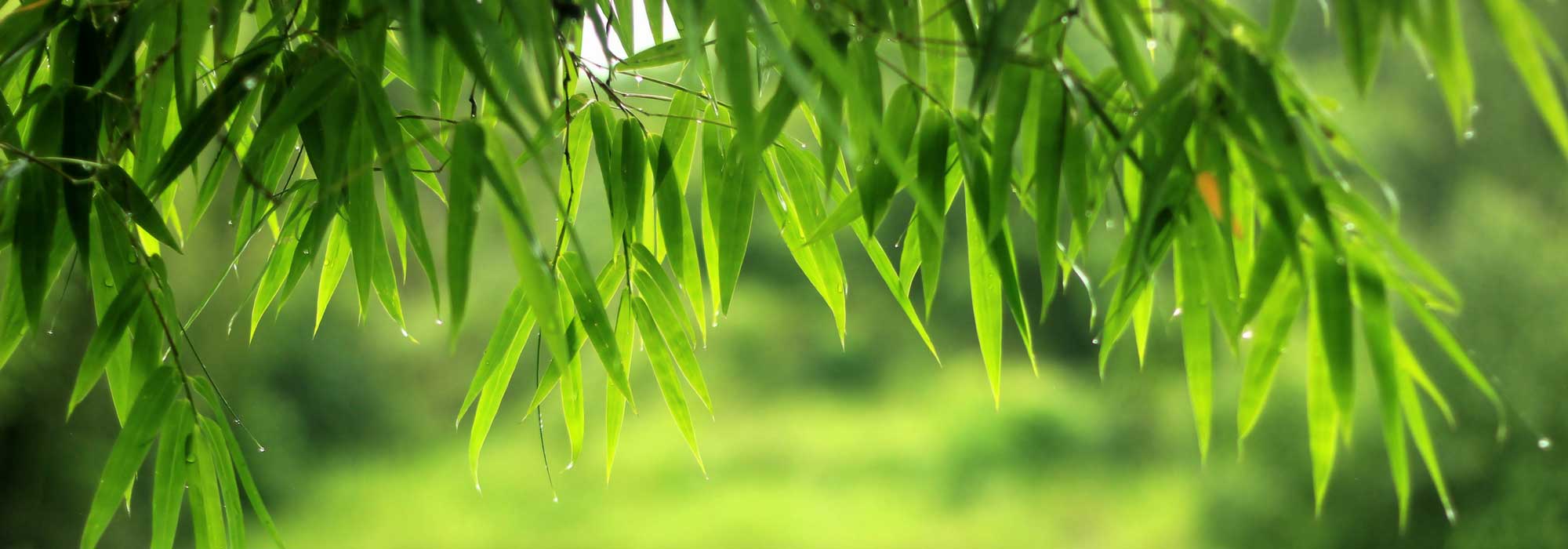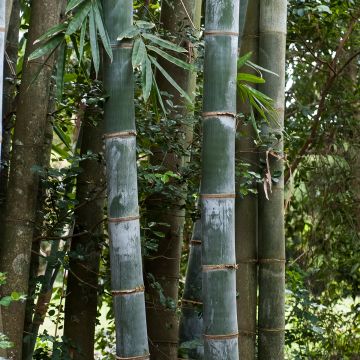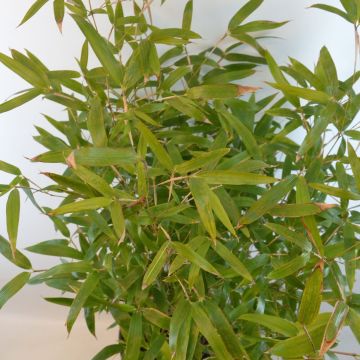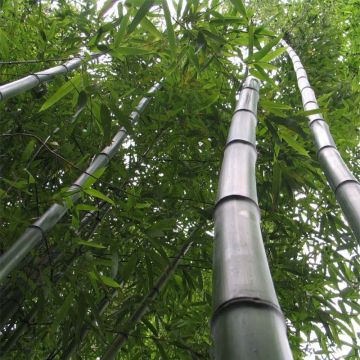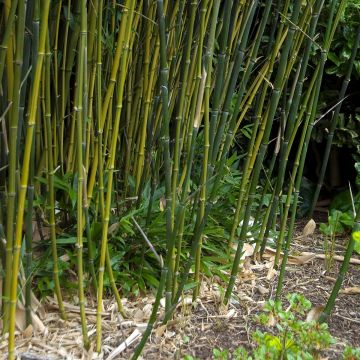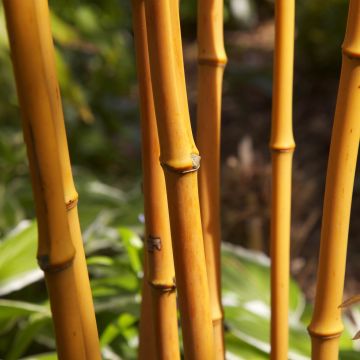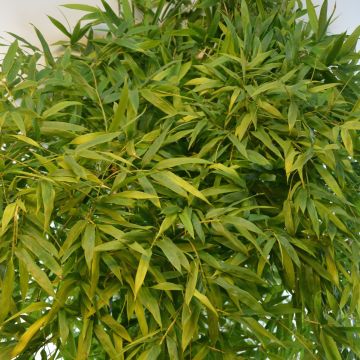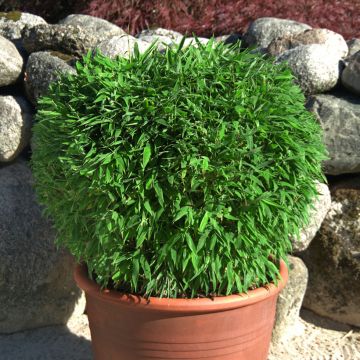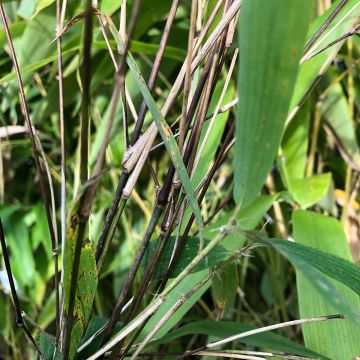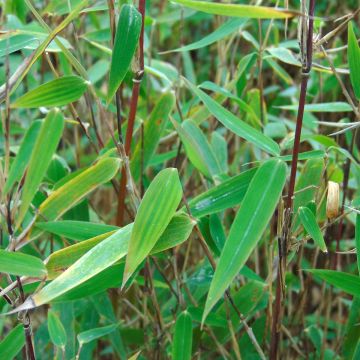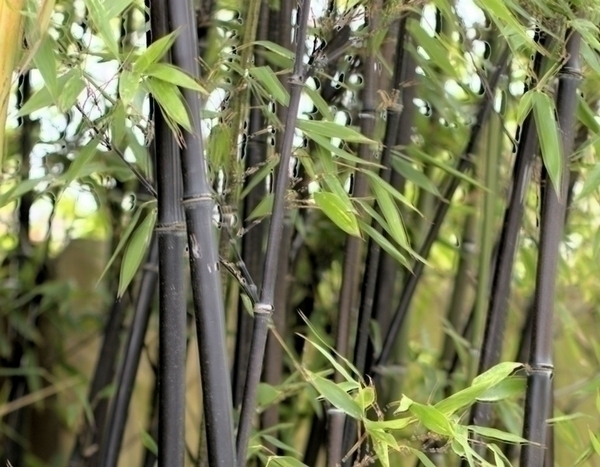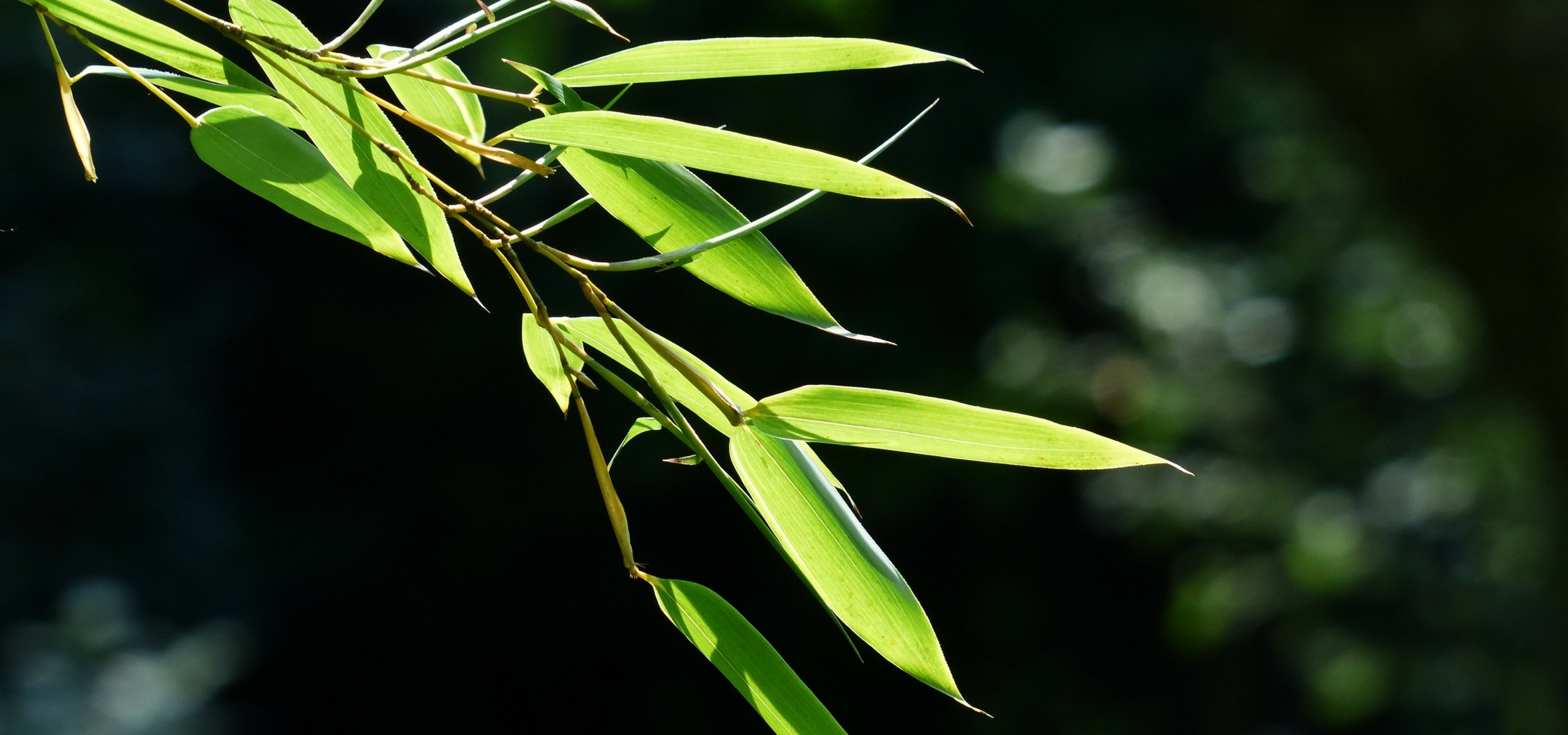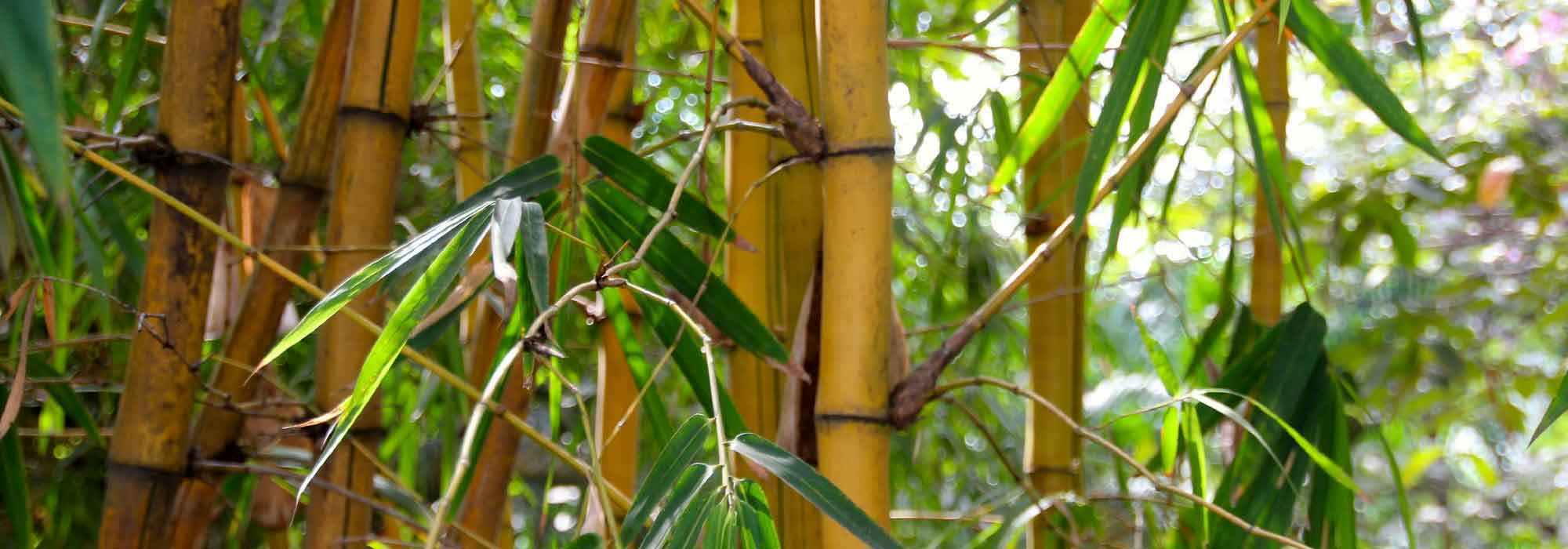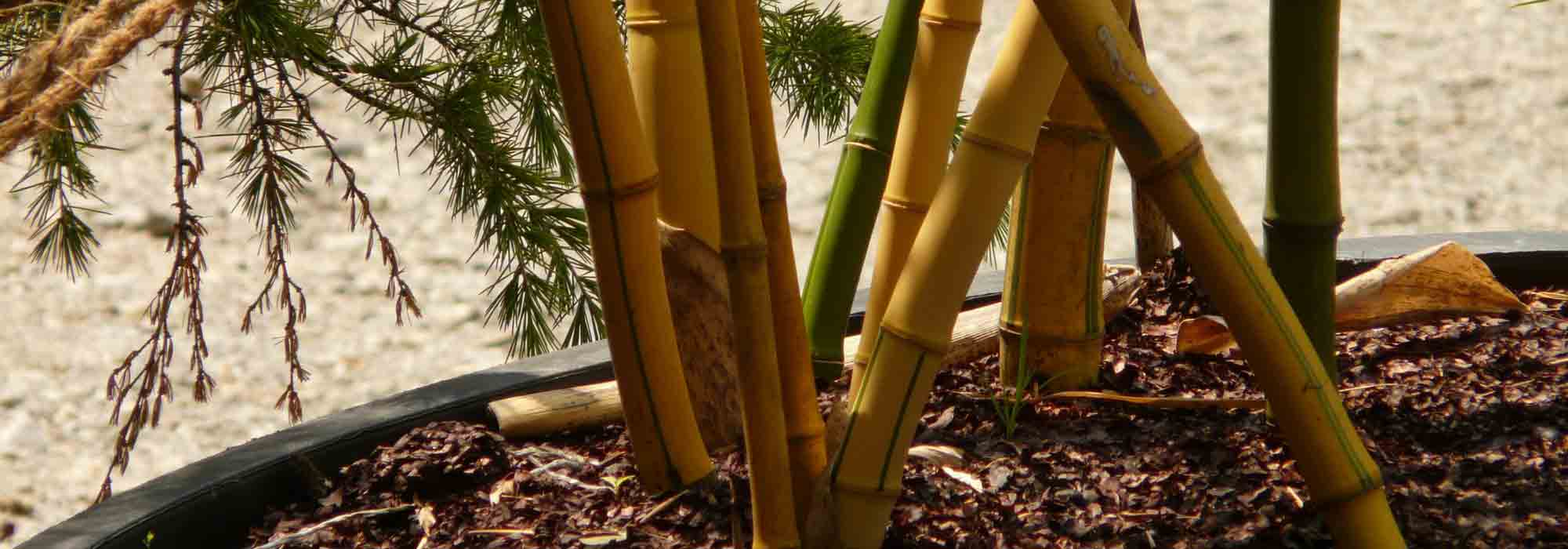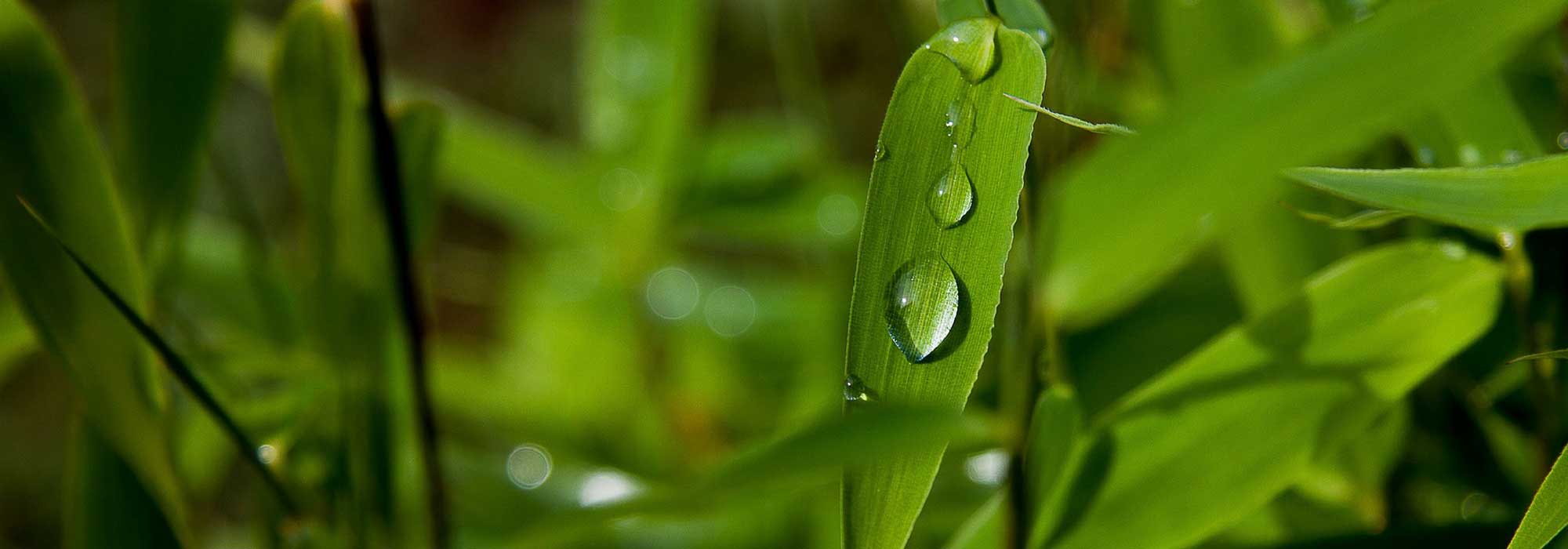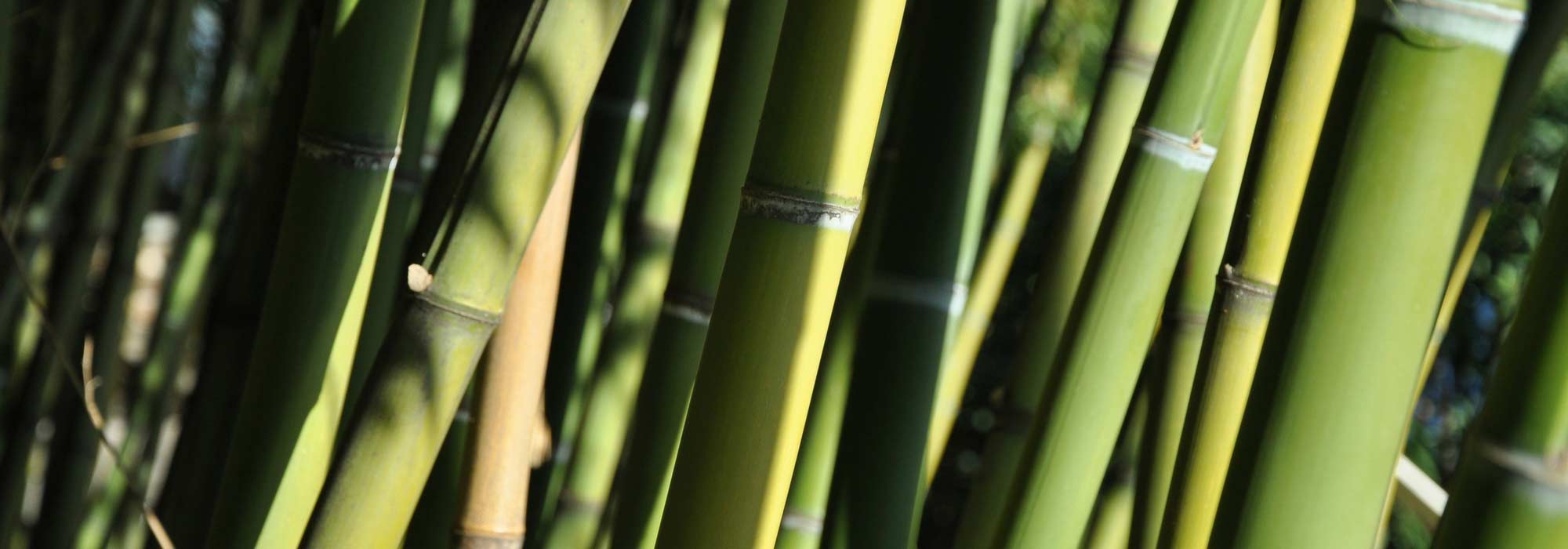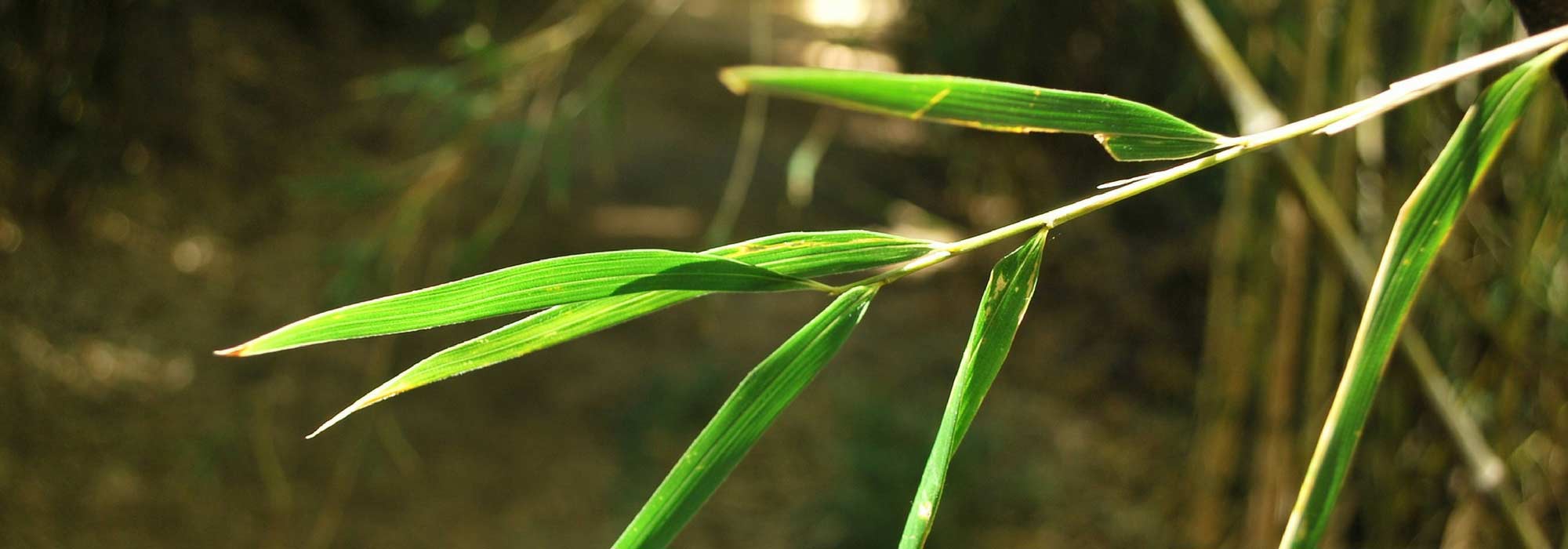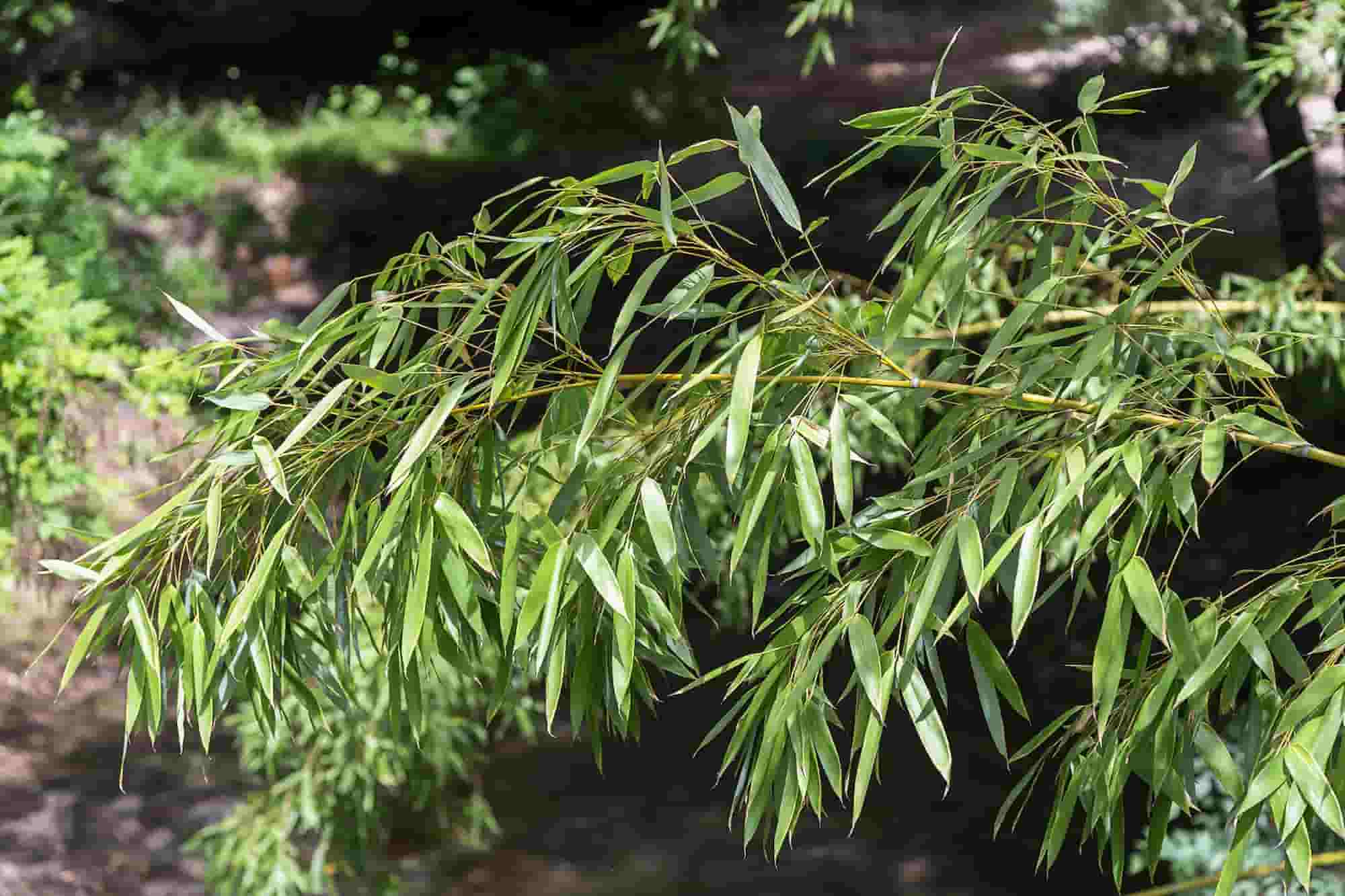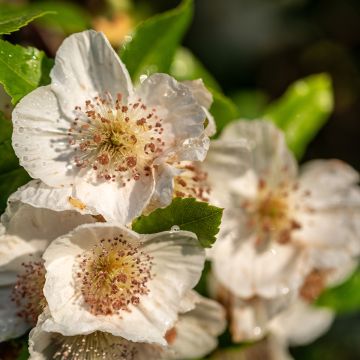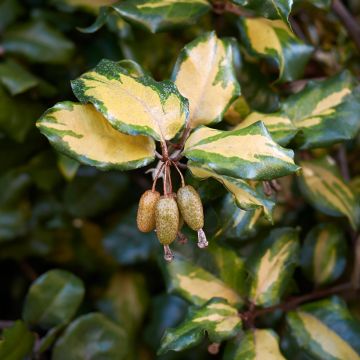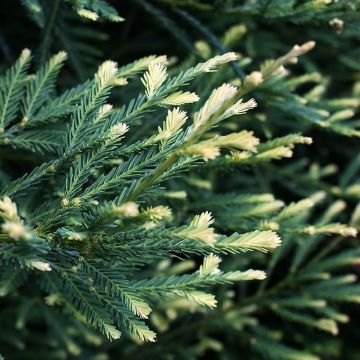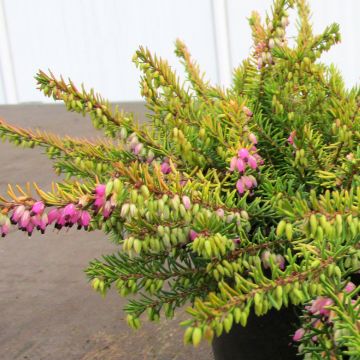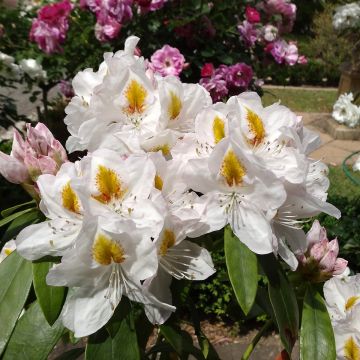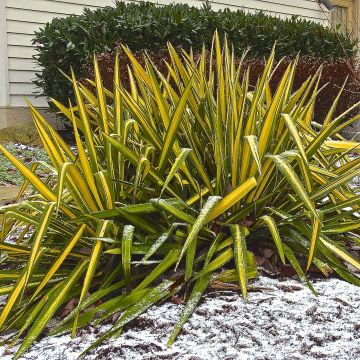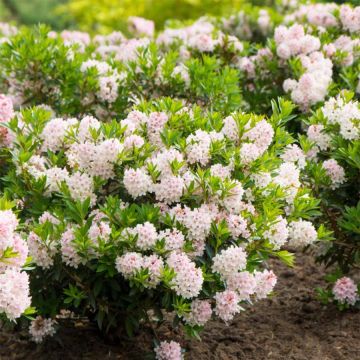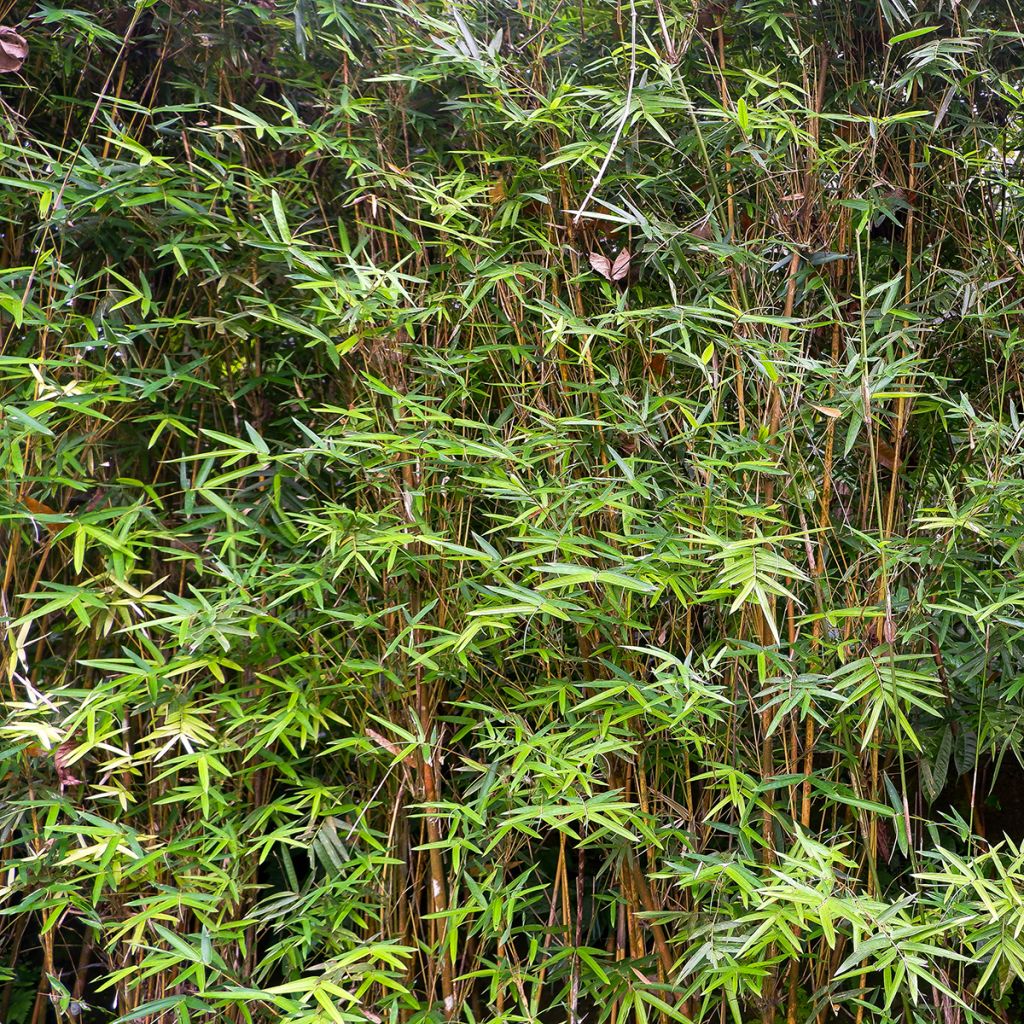

Fargesia nitida Great Wall
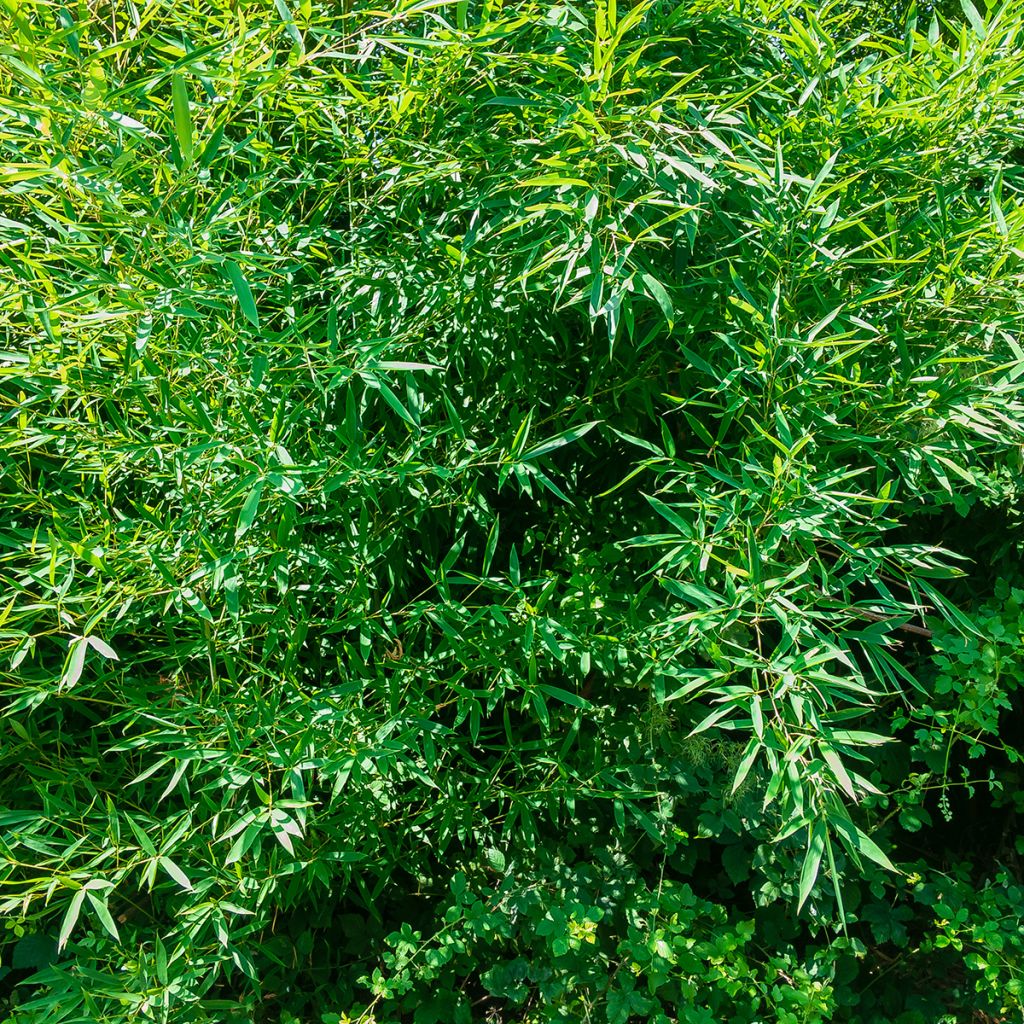

Fargesia nitida Great Wall
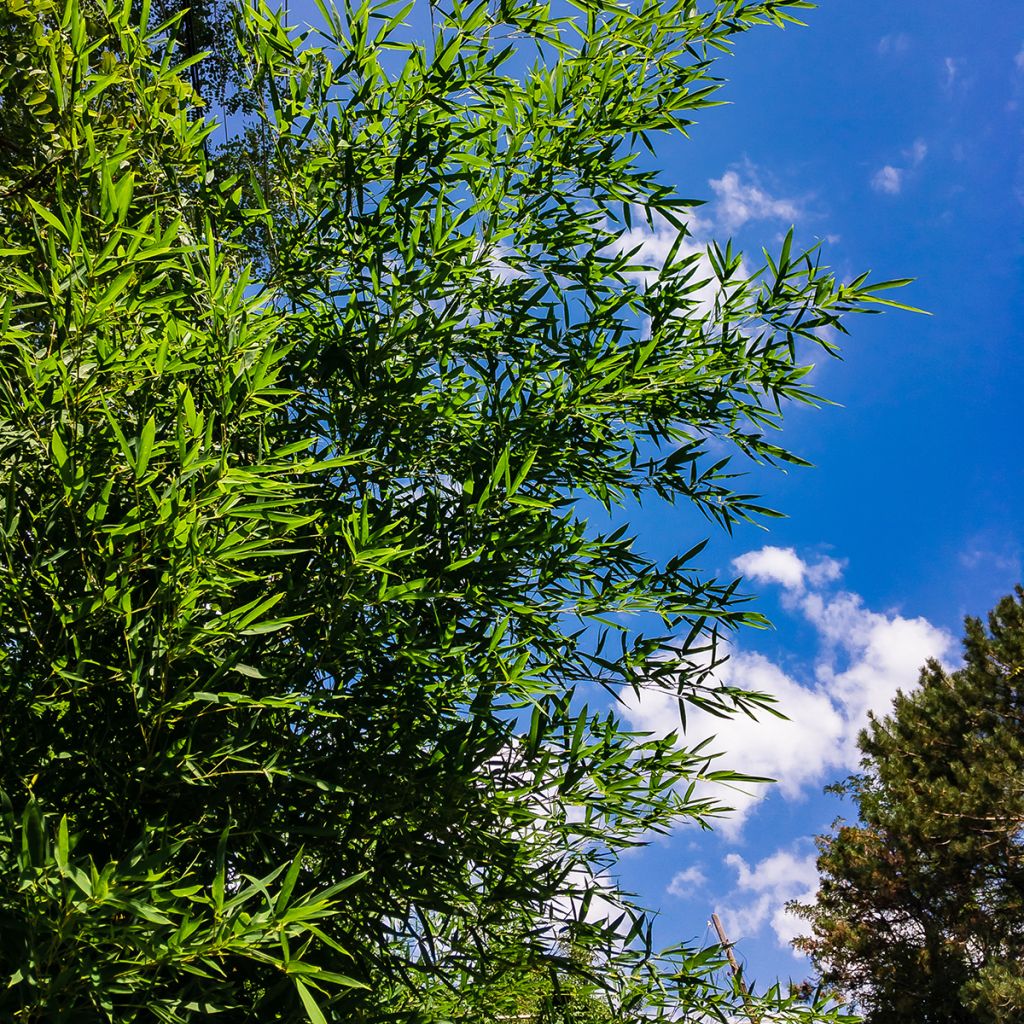

Fargesia nitida Great Wall
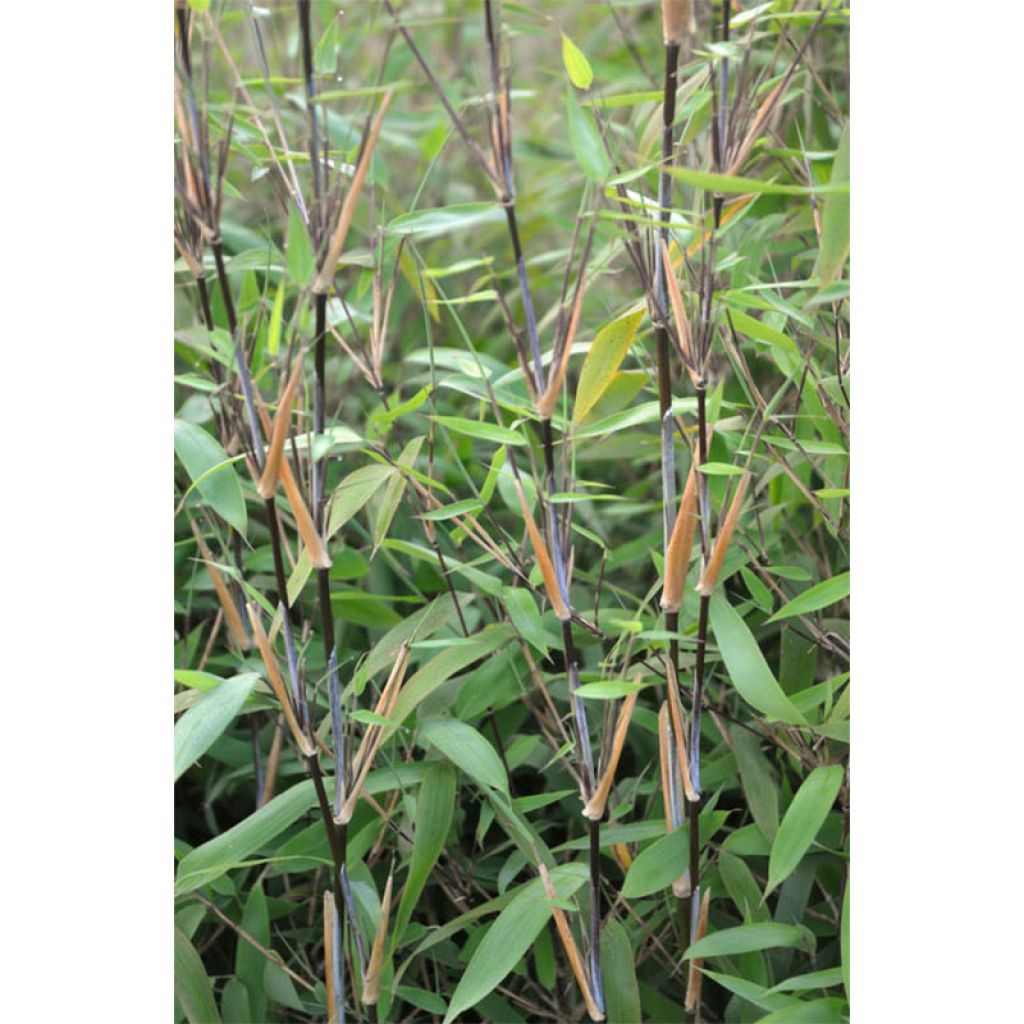

Fargesia nitida Great Wall
Fargesia nitida Great Wall
Fargesia nitida Great Wall
Fountain Bamboo, Chinese Fountain Bamboo
Gorgeous bamboo but the young plant was very important in the habit and tangled up because it was so dense. It has been watered, and I am waiting for signs of growth in the warmer days. That being said, it doesn't seem to have suffered from the planting!!! Fingers crossed...
Marie, 06/12/2022
Special offer!
Receive a €20 voucher for any order over €90 (excluding delivery costs, credit notes, and plastic-free options)!
1- Add your favorite plants to your cart.
2- Once you have reached €90, confirm your order (you can even choose the delivery date!).
3- As soon as your order is shipped, you will receive an email containing your voucher code, valid for 3 months (90 days).
Your voucher is unique and can only be used once, for any order with a minimum value of €20, excluding delivery costs.
Can be combined with other current offers, non-divisible and non-refundable.
Home or relay delivery (depending on size and destination)
Schedule delivery date,
and select date in basket
This plant carries a 24 months recovery warranty
More information
We guarantee the quality of our plants for a full growing cycle, and will replace at our expense any plant that fails to recover under normal climatic and planting conditions.
Does this plant fit my garden?
Set up your Plantfit profile →
Description
Fargesia nitida Great Wall is a medium-sized, non-spreading variety of bamboo, very suitable for creating vegetative screens. Its green culms turn a purple-red bear with fine and compact foliage. Ideal for hedges or small groves.
Originating from China and belonging to the Poaceae family, Fargesia nitida Great Wall has a fairly flexible upright habit. Its young green culms, with an average diameter of one centimetre, turn purple-red over time. Its growth is relatively fast, reaching a height of 2 to 4 metres in a few years. Perfectly hardy, this bamboo can withstand temperatures as low as -26°C (however, in case of snowfall, remember to shake its culms to remove the snow).
Bamboos are not demanding plants, they thrive in any garden soil. However, their growth rate and maximum height will be determined by the quality and moisture content of the soil. Ideally, plant them in acidic or neutral, light, moist, and well-drained soil. In terms of exposure, we recommend planting your Fargesia nitida Great Wall in shade or partial shade (it does not tolerate full sun well), sheltered from cold and drying winds.
Fargesia nitida Great Wall is a clump-forming bamboo, it does not spread. The installation of a rhizome barrier is therefore optional.
A star of Asian-inspired gardens, bamboo suits many styles, from the most modern to the most traditional. Planted en masse, it allows for the quick creation of small, exotic forests, and its architectural appearance brings beautiful vertical lines to modern gardens and terraces. Its fast growth also makes it an excellent plant for managing privacy in densely populated spaces.
Bamboo is so prominent that you can plant it as a standalone plant. In flower beds, it pairs well with many plants. We recommend planting it in an exotic and lush garden, with the majestic Palmate Rhubarb and Astilboides tabularis.
Fun fact: Bamboo flowering is a real enigma. It is extremely rare and unpredictable and signifies the end of the plant's life. Although it is generally regarded as a bad omen, some species can regenerate themselves over time. Don't worry, though - this is a rare occurrence.
Fargesia nitida Great Wall in pictures
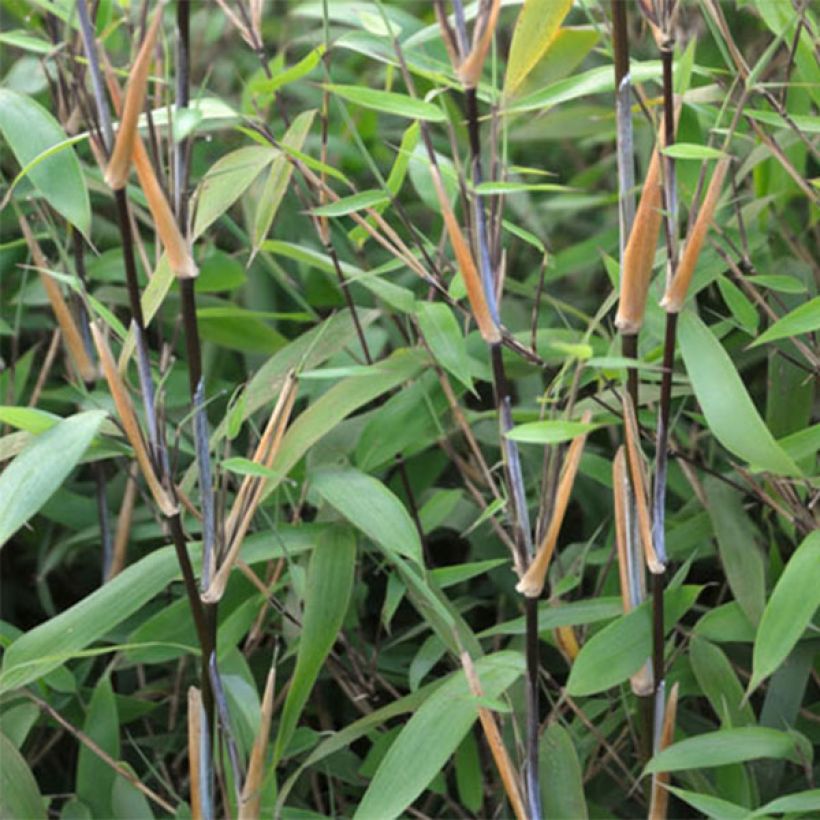

Plant habit
Foliage
Botanical data
Fargesia
nitida
Great Wall
Poaceae
Fountain Bamboo, Chinese Fountain Bamboo
China
Other Bamboos
View all →Planting and care
Bamboo can be grown in containers and can be planted at any time of the year except during frost. However, it is best to plant it during late summer and autumn when the soil is warm and rainfall is more frequent. The planting distance depends on how you plan to use your bamboo. For a mass planting, allow a spacing of 1.8 to 2.2 metres (5 feet 11 inches to 7 feet 2 inches) between each plant. This distance can be reduced for a hedge to 1 to 1.4 metres (3 feet 4 inches to 4 feet 7 inches).
Bamboo prefers rich, well-drained soil that remains moist, whether acidic or neutral. They can tolerate slightly chalky soil. During planting, loosening the soil and moistening the root ball by soaking it is recommended. You can add well-decomposed compost and rake it into the surface. Watering should be done regularly, especially during the first year if planted in the ground, and constantly if the bamboo is grown in a pot. The establishment period may sometimes seem long, but don't panic!
It is worth noting that this bamboo does not spread, so installing a rhizome barrier (thick and resistant polypropylene film) is optional. In terms of maintenance, bamboo is not demanding. Remember to weed around their base initially until their dead leaves, left on the ground, form a natural mulch. Applying nitrogen fertiliser (well-decomposed manure or liquid fertiliser) in spring and autumn can be beneficial.
Planting period
Intended location
Care
Planting & care advice
-
, onOrder confirmed
Reply from on Promesse de fleurs
Similar products
Haven't found what you were looking for?
Hardiness is the lowest winter temperature a plant can endure without suffering serious damage or even dying. However, hardiness is affected by location (a sheltered area, such as a patio), protection (winter cover) and soil type (hardiness is improved by well-drained soil).

Photo Sharing Terms & Conditions
In order to encourage gardeners to interact and share their experiences, Promesse de fleurs offers various media enabling content to be uploaded onto its Site - in particular via the ‘Photo sharing’ module.
The User agrees to refrain from:
- Posting any content that is illegal, prejudicial, insulting, racist, inciteful to hatred, revisionist, contrary to public decency, that infringes on privacy or on the privacy rights of third parties, in particular the publicity rights of persons and goods, intellectual property rights, or the right to privacy.
- Submitting content on behalf of a third party;
- Impersonate the identity of a third party and/or publish any personal information about a third party;
In general, the User undertakes to refrain from any unethical behaviour.
All Content (in particular text, comments, files, images, photos, videos, creative works, etc.), which may be subject to property or intellectual property rights, image or other private rights, shall remain the property of the User, subject to the limited rights granted by the terms of the licence granted by Promesse de fleurs as stated below. Users are at liberty to publish or not to publish such Content on the Site, notably via the ‘Photo Sharing’ facility, and accept that this Content shall be made public and freely accessible, notably on the Internet.
Users further acknowledge, undertake to have ,and guarantee that they hold all necessary rights and permissions to publish such material on the Site, in particular with regard to the legislation in force pertaining to any privacy, property, intellectual property, image, or contractual rights, or rights of any other nature. By publishing such Content on the Site, Users acknowledge accepting full liability as publishers of the Content within the meaning of the law, and grant Promesse de fleurs, free of charge, an inclusive, worldwide licence for the said Content for the entire duration of its publication, including all reproduction, representation, up/downloading, displaying, performing, transmission, and storage rights.
Users also grant permission for their name to be linked to the Content and accept that this link may not always be made available.
By engaging in posting material, Users consent to their Content becoming automatically accessible on the Internet, in particular on other sites and/or blogs and/or web pages of the Promesse de fleurs site, including in particular social pages and the Promesse de fleurs catalogue.
Users may secure the removal of entrusted content free of charge by issuing a simple request via our contact form.
The flowering period indicated on our website applies to countries and regions located in USDA zone 8 (France, the United Kingdom, Ireland, the Netherlands, etc.)
It will vary according to where you live:
- In zones 9 to 10 (Italy, Spain, Greece, etc.), flowering will occur about 2 to 4 weeks earlier.
- In zones 6 to 7 (Germany, Poland, Slovenia, and lower mountainous regions), flowering will be delayed by 2 to 3 weeks.
- In zone 5 (Central Europe, Scandinavia), blooming will be delayed by 3 to 5 weeks.
In temperate climates, pruning of spring-flowering shrubs (forsythia, spireas, etc.) should be done just after flowering.
Pruning of summer-flowering shrubs (Indian Lilac, Perovskia, etc.) can be done in winter or spring.
In cold regions as well as with frost-sensitive plants, avoid pruning too early when severe frosts may still occur.
The planting period indicated on our website applies to countries and regions located in USDA zone 8 (France, United Kingdom, Ireland, Netherlands).
It will vary according to where you live:
- In Mediterranean zones (Marseille, Madrid, Milan, etc.), autumn and winter are the best planting periods.
- In continental zones (Strasbourg, Munich, Vienna, etc.), delay planting by 2 to 3 weeks in spring and bring it forward by 2 to 4 weeks in autumn.
- In mountainous regions (the Alps, Pyrenees, Carpathians, etc.), it is best to plant in late spring (May-June) or late summer (August-September).
The harvesting period indicated on our website applies to countries and regions in USDA zone 8 (France, England, Ireland, the Netherlands).
In colder areas (Scandinavia, Poland, Austria...) fruit and vegetable harvests are likely to be delayed by 3-4 weeks.
In warmer areas (Italy, Spain, Greece, etc.), harvesting will probably take place earlier, depending on weather conditions.
The sowing periods indicated on our website apply to countries and regions within USDA Zone 8 (France, UK, Ireland, Netherlands).
In colder areas (Scandinavia, Poland, Austria...), delay any outdoor sowing by 3-4 weeks, or sow under glass.
In warmer climes (Italy, Spain, Greece, etc.), bring outdoor sowing forward by a few weeks.






























